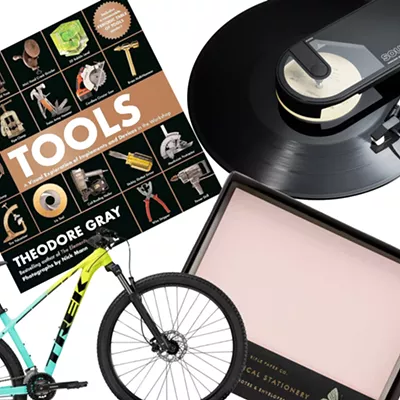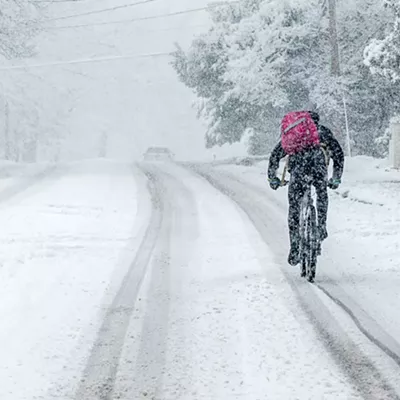
In 1976, an Israeli-born, New Jersey native arrived in Pullman. After a lifetime in tight, urban spaces, a trip across the country and four rejections, Joseph Harari had finally been accepted to study veterinary medicine in this small, rural, middle-of-nowhere, land grant-university town.
He couldn’t have been happier.
“At that time, Jersey had a deal if kids got into WSU, the Jersey Legislature would pay for those students,” Harari says. He got in. “And then they canceled the program. Still, I’ll always consider this home.”
No wonder, since he’s had a good go at the profession here. Harari is just one of two board-certified veterinary surgeons in Spokane — and he works with the other, Dr. Howard Lawrence, at Veterinary Surgical Specialists, which sees patients from as far away as Canada, Montana and Oregon, and is part of the Pet Emergency Clinic of Spokane. He was recently appointed to the Veterinary Board of Governors, the state’s oversight agency for the profession.
But beside his success, it’s his joy of being around animals that fueled him through nine years of study after his undergraduate work at Rutgers.
“I always wanted to be a small-animal vet,” he says. “It was in my high school yearbook: ‘Wants to be a veterinarian.’ To me it was intuitive: If you liked animals and you liked being around animals, be a vet.”
When Harari was accepted to WSU’s veterinary school, he didn’t realize he was joining a profession that was about to see very big changes.
The 1970s and ’80s saw the modernization of the vet profession, with advances in science and technology that bumped the quality of pet care up to the standards of human medicine. Vet clinics now commonly have in-house blood analyzers, digital X-ray machines and computerized medical records.
The profession has also shifted toward specialists such as Harari. The days of James Herriot examining every species on the farm other than the human farmer are fast disappearing. Spokane alone has veterinary dentists, an internist, ophthalmologist and dermatologists.
“It started in the late ’70s. It exploded during the ’80s and ’90s, concurrently with the economic growth of our country,” Harari says. “It was no longer a ma-and-pa general service. Clients demanded specialized service.”
Another big change in the profession has shifted how we view our vets. Again, James Herriot is no longer the stereotypical animal doctor. Rather, it’s more likely a woman working in a small-animal clinic.
In 1999, 72 percent of vet school applicants were female, up almost 20 percent from the previous decade. As of 2010, according to Veterinary Practice News, women held 78 percent of veterinary school seats, and female veterinarians for the first time outnumbered male vets.
In a study published in The Canadian Veterinary Journal, Jeanne Lofstedt wrote that changes to this “previously male-dominated profession” are likely to continue.
“The feminization of veterinary medicine has also changed the profession in other ways,” Lofstedt wrote. “Many of these changes are desirable, others may be less so. The caring and nurturing aspects of the veterinary profession may have been enhanced, but income may have been compromised… and fewer graduates may be entering large animal practice.”
As the advancements began to change his profession, Harari shuttled back and forth across the country. After his years at WSU, he did a yearlong internship in Los Angeles, studied a year of pathology at Michigan State University and, finally, spent three years at the University of Illinois for surgical training.
“You’re a sponge,” he says of his time in Illinois. “You feel immortal. There’s not enough time in the day. You have an open mind, limitless energy and you’re excited to do surgery. I was like a Labrador puppy. Those were the best years.”
After that he worked at an emergency clinic in Seattle before joining the faculty at Kansas State. He stayed there not even a year.
“It made Pullman look like a metropolis,” he says. “It was the end of the world.”


















